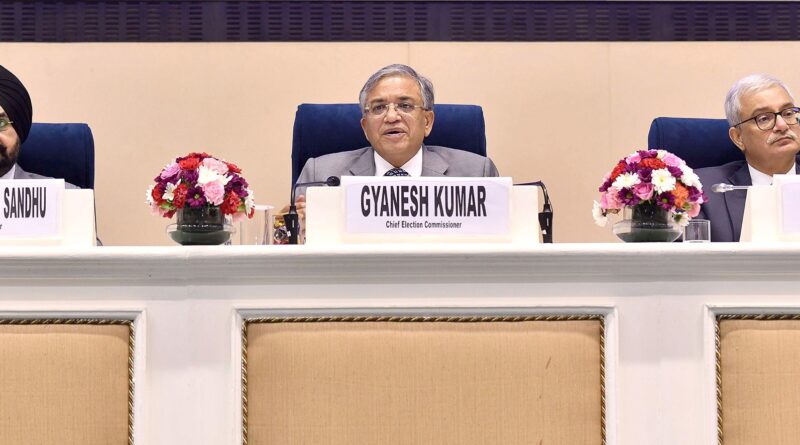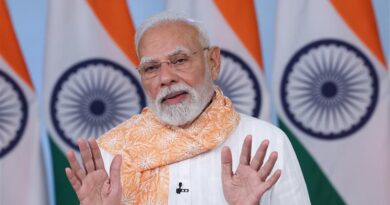Bihar Assembly Polls Set for Two Phases: EC Unveils Tight Schedule Amid Push for Efficiency
Streamlined Voting on November 6 and 11 Aims to Boost Turnout; Results Slated for November 14 as Commission Prioritizes Voter Safety Post-Heatwave Lessons
New Delhi/Patna, October 6, 2025 – The Election Commission of India (ECI) on Monday revealed the schedule for the upcoming Bihar Assembly elections, opting for a compact two-phase polling process on November 6 and 11, with vote counting scheduled for November 14. This marks the most concise election timeline for the state in more than 20 years, reflecting a deliberate shift toward shorter durations following challenges faced during the 2024 general elections.
The announcement came during a press briefing led by Chief Election Commissioner (CEC) Gyanesh Kumar, alongside Election Commissioners Sukhbir Singh Sandhu and Vivek Joshi. Speaking to reporters, Kumar emphasized the Commission’s commitment to enhancing voter participation while minimizing disruptions, citing feedback from political stakeholders and the need to avoid extreme weather conditions. “We’ve learned from past experiences, particularly the extended Lok Sabha polls amid harsh heat, which impacted turnout,” Kumar stated, noting that the decision aligns with recent trends in other states like Jammu and Kashmir.
The Bihar polls will cover 243 assembly constituencies, engaging approximately 7.42 crore registered voters across 90,712 polling stations. Kumar highlighted the inclusion of over 14,000 centenarian voters, underscoring the diverse electorate. The electoral roll underwent a thorough revision earlier this year, resulting in the removal of 68.5 lakh entries and the addition of 21.53 lakh new ones—a process now under Supreme Court scrutiny, with a hearing set for Tuesday.
This election cycle is the first under Kumar’s leadership as CEC, who assumed the role in February. The term of the current assembly expires on November 22, prompting the timely rollout. The Commission incorporated suggestions from parties to schedule voting after the Chhath Puja festival (October 25-28), ensuring cultural sensitivities are respected.
Politically, the contest pits the ruling National Democratic Alliance (NDA), led by Chief Minister Nitish Kumar’s Janata Dal (United) alongside the Bharatiya Janata Party (BJP), against the opposition bloc comprising the Rashtriya Janata Dal (RJD) and Congress. In the 2020 elections, the RJD emerged as the largest single party with 75 seats, while the NDA secured a majority with 117. Adding intrigue, political strategist Prashant Kishor’s newly formed Jan Suraaj party is expected to enter the fray, potentially reshaping the traditional rivalries.
During the conference, the ECI officials displayed their inked fingers in a symbolic gesture of electoral readiness, following a two-day review visit to Bihar on October 4-5. Kumar addressed the 2020 polls’ three-phase format amid the COVID-19 crisis, which saw a 56.93% turnout, with women outvoting men. He expressed optimism that the reduced phases would encourage higher engagement this time.
The move to abbreviate polling periods continues a pattern: Bihar’s elections spanned six phases in 2010, five in 2015, and three in 2020. Commissioners stressed that logistical improvements and better force deployment enable this efficiency without compromising security.
As preparations ramp up, the ECI urged all parties to adhere to the model code of conduct, effective immediately. With the political landscape heating up, Bihar’s voters now gear up for a swift yet pivotal democratic exercise.




